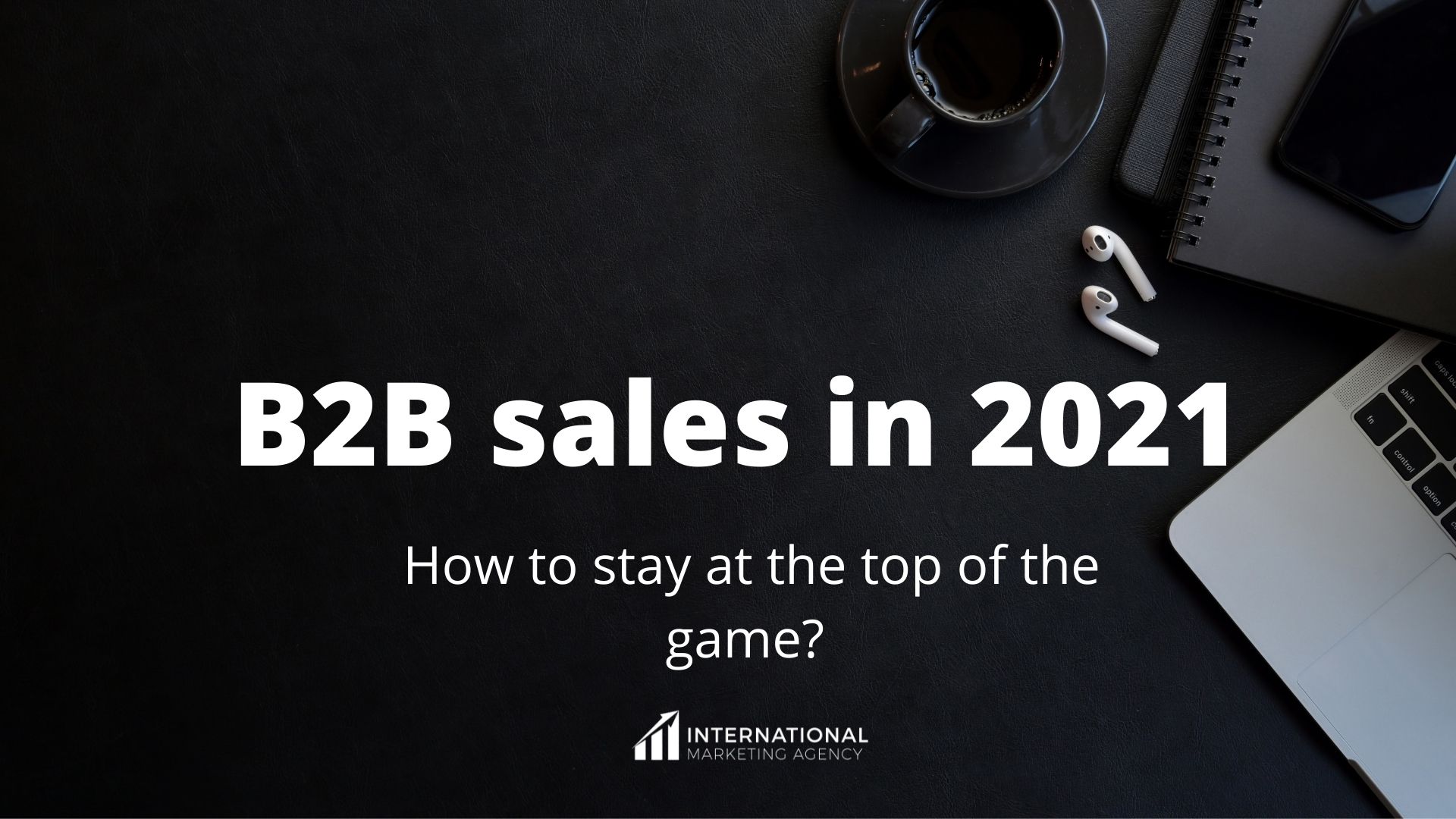B2B sales in 2022 – How to Stay at the Top of the Game?

Growing a business based on the B2B model today deploys a wide range of sales strategies. Are you unsure how to present your unique value to a prospective client? Are you straddling the fence in too many directions? If yes then you should consider sales strategies that will help you reframe all the pieces into a cohesive and simple action plan.
To help you navigate your B2b sales, here are useful tips to consider.
1. Do a research
For B2B sales, research is always a good idea to start with in order to identify the needs and demands of customers. Since B2B products and services have much higher price points and longer buying cycles, conducting thorough research is essential to understanding the primary metrics associated with sales such as the cost of acquiring a specific client, time taken to convert, or time spent by your customers on the sales funnel. All of that will help you understand how your sales or product is performing or are you meeting your sales goals.
2. Create a valuable lead magnet.
A lead magnet coerces your site visitors into exchanging information, such as their email addresses for access. So, before you engage in B2B sales, start by creating a lead magnet first. The quality lead magnet should be relevant and serve a required purpose with a valuable target audience of your interest.
The lead magnet should offer creative and exclusive solutions to a real problem, expert insight, insider knowledge, a quicker way to get something done. Because why else should people give you their email addresses or personal info, in exchange for what? Sure, it won’t be for something that can easily be Googled online.
The best lead magnets solve enough of the problem that the person recognizes that you are the expert, and remember that customers buy goods and services to solve problems. And will it be easier for you to comprehend this if I say that the term “Problem” can also be defined as “Need”? Or, sometimes you should consider the fact that your prospect may not know that they have a problem worth solving.
Some of the most visited lead magnets are Whitepaper, Webinar, Mini Guide or eBook, Product Samples or Trials, Templates, and so on.
3. Regularly update your customer Onboarding process.
The onboarding process is the entire overview of operations on funnel growth operations and scaling. Many know the impact that the onboarding process has on customer retention and loyalty. But it can be extremely transformative and doesn’t stop after the first closed-won deal. Onboarding is also important for motivating customers, getting them excited about the value and power of your product or service they’ve just purchased. So Onboarding is a continuous process, and as your product and customers evolve, so should your process.
4. Use the Omnichannel
Remember that your customer is everywhere and that you can reach them through multiple channels as touchpoints with them. The presence of multiple channels also gives buyers the opportunity to connect with the business in a way that is suitable for them.
If you want to boost productivity, save costs, foster customer loyalty, and generate more sales, it is crucial that you use a wide range of sales channels like social media, websites, emails, or even cold calls, organized as an Omnichannel.
You can have incredible marketing, engaging social media prospecting campaigns, and a well-designed website. But if they don’t work together, then it’s not Omni-channel.
According to McKinsey’s recent B2B sales analysis the future of B2B is Omnichannel. Use this strategy to become more accessible to your prospects and clients.
5. Engage with prospects and clients
While using the Omnichannel in B2B is important for keeping up in touch and communicating with prospects and customers, one thing that adds value is the human way of building a relationship.
You can always ask your customers to participate in surveys, leave reviews on your website, comment on social media and call you in case of problems. By asking questions you will determine your clients’ needs, requirements, struggles, motivation. But you also need to directly relate to them, you need to genuinely listen. If you really listen, clients will realize you don’t want to sell to them at any price but you want to find the right solution for them. That is the power of building a relationship.
And don’t be afraid to go off-topic and ask how they have been holding up during the pandemic, or anything that will add to developing the relationship with your customers and prospects.


